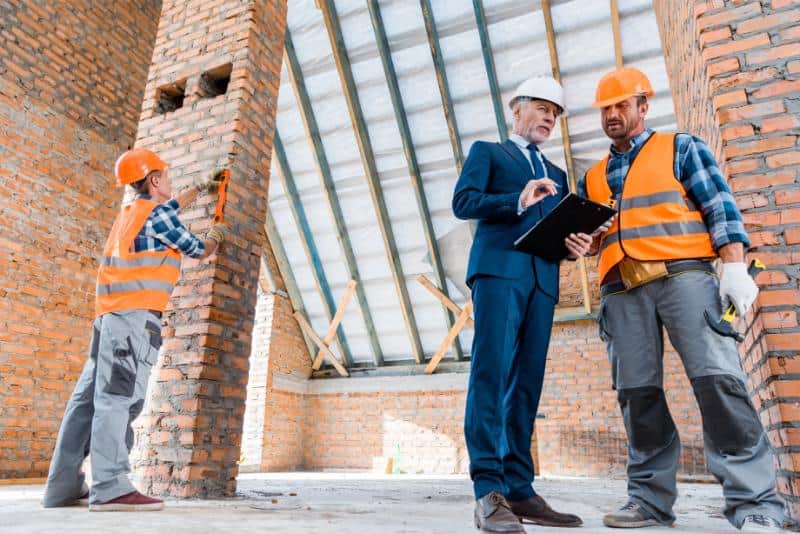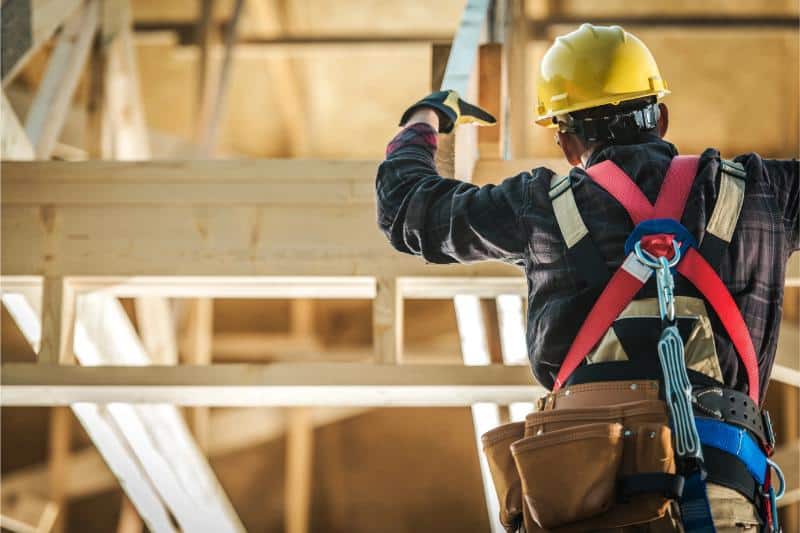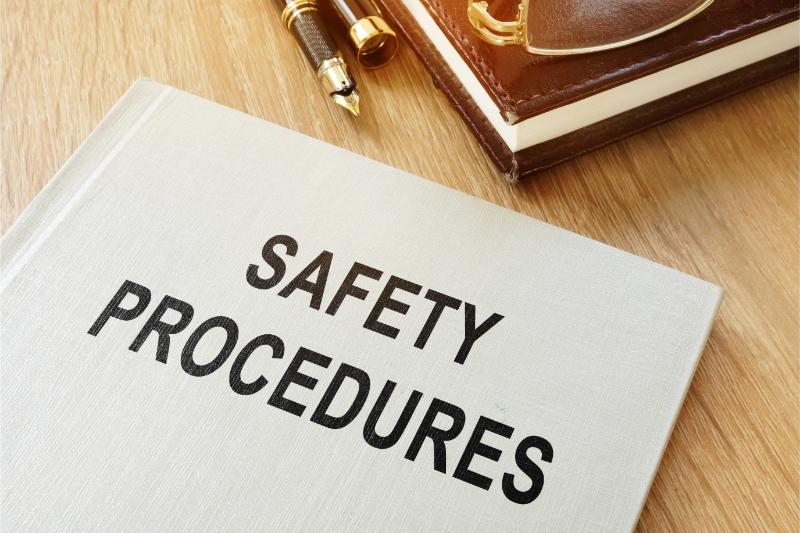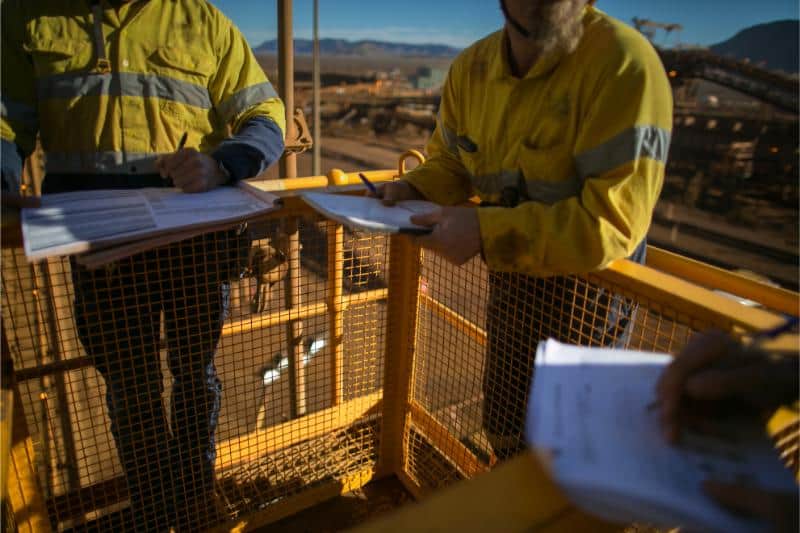Building a Culture of Compliance in Construction
In the construction industry, compliance with safety regulations is paramount. These regulations are designed to ensure the safety of workers, protect the environment, and maintain efficiency on job sites. Non-compliance can lead to severe consequences, including hefty fines, project delays, and even legal action. Beyond the financial implications, a lack of compliance jeopardizes the well-being of your workforce and damages your company’s reputation.
Building a culture of compliance is essential for construction companies to thrive. It fosters a safety-first mindset, instilling trust among employees, clients, and the community. A commitment to compliance demonstrates your dedication to upholding industry standards and prioritizing the welfare of all stakeholders involved.
Understanding Compliance: What Does It Mean for Construction in Phoenix?
Compliance in the construction industry encompasses a comprehensive set of regulations overseen by various governing bodies. In Phoenix, construction companies must adhere to guidelines set by the Occupational Safety and Health Administration (OSHA), as well as local regulations established by the City of Phoenix and the state of Arizona.
At its core, compliance involves implementing proper safety measures, maintaining detailed documentation, and undergoing regular inspections. This includes developing site-specific safety plans, conducting hazard assessments, providing adequate personal protective equipment (PPE), and ensuring all equipment is well-maintained and up to code.
Common compliance issues in Phoenix construction sites may include improper fall protection, inadequate training, lack of hazard communication, and failure to follow excavation safety protocols. Addressing these areas proactively is crucial to avoiding costly penalties and ensuring a safe working environment.
The Essential Compliance Checklist for Phoenix Construction Companies
To navigate the intricate web of compliance requirements, construction managers in Phoenix should follow a comprehensive checklist. This checklist serves as a roadmap, ensuring that every regulatory box is checked before breaking ground. Key items on the checklist include:
- Site-specific safety plan: Outlining emergency procedures, hazard identification, and mitigation strategies.
- Equipment maintenance records: Documenting regular inspections and repairs for all machinery and tools.
- Training certifications: Ensuring all workers have completed necessary safety training and have up-to-date certifications.
- Personal protective equipment (PPE) inventory: Maintaining an adequate supply of properly fitted PPE for all employees.
- Emergency preparedness plan: Detailing protocols for responding to accidents, natural disasters, and other emergencies.
- Hazardous material handling procedures: Outlining safe practices for storing, using, and disposing of hazardous substances.
- Site inspection logs: Documenting regular inspections and any identified safety concerns.
By meticulously following this checklist, construction companies can significantly reduce the risk of non-compliance and create a safer working environment for all.
Navigating Arizona’s Unique Safety Regulations: What You Need to Know
While federal regulations from OSHA serve as the foundation for construction safety, Arizona has its own unique set of state-level regulations that construction companies must navigate. These regulations are often tailored to address the specific challenges posed by the state’s climate and environment.
One notable example is the Arizona Heat Illness Prevention Standard, which outlines specific measures construction companies must take to protect workers from heat-related illnesses. These measures include providing access to water, shade, and rest breaks, as well as implementing acclimatization procedures for new workers.
Additionally, Arizona has stringent regulations regarding trenching and excavation safety, reflecting the state’s geology and soil conditions. These regulations mandate specific shoring and sloping requirements, as well as detailed inspection protocols to mitigate the risk of trench collapses.
Staying informed about these state-specific regulations and incorporating them into your safety protocols is crucial for maintaining compliance and protecting your workforce in Arizona’s unique environment.
Top Tools and Technologies for Ensuring Compliance
In today’s digital age, construction companies have access to a wealth of tools and technologies that can streamline the compliance process. From construction management software to mobile apps, these solutions are revolutionizing the way compliance is managed and monitored.
Construction management software offers comprehensive compliance tracking capabilities, allowing you to centralize documentation, schedule inspections, and receive real-time alerts for any potential issues. Many platforms also integrate with safety training programs, ensuring your workforce’s certifications remain up-to-date.
Mobile apps are another game-changer, enabling field workers to easily log safety observations, report hazards, and access safety protocols from their smartphones or tablets. These apps can
also provide real-time weather updates and heat advisories, helping construction teams stay informed and take necessary precautions.
Wearable technology, such as smart helmets and safety vests, is also gaining traction in the construction industry. These devices can detect hazardous conditions, monitor worker fatigue, and even alert supervisors in case of an emergency, enhancing overall site safety and compliance.
By leveraging these cutting-edge tools and technologies, construction companies can stay ahead of the curve, streamlining compliance processes and fostering a safer, more efficient working environment.
Training and Education: Investing in Your Team’s Compliance Knowledge
While technology plays a crucial role in compliance management, investing in your team’s knowledge and skills is equally important. Ongoing training and education are key to maintaining a culture of compliance and ensuring that your workforce is equipped to navigate the ever-evolving landscape of safety regulations.
Effective training programs should cover not only the basics of safety protocols but also provide in-depth knowledge of specific regulations and industry best practices. Regular safety meetings and workshops can reinforce this knowledge, keeping your team up-to-date on the latest changes and trends.
Encouraging open communication and feedback loops can also enhance the effectiveness of your training efforts. By actively listening to your workers’ concerns and experiences, you can identify knowledge gaps and tailor your training programs accordingly.
Additionally, consider partnering with industry experts or local regulatory authorities to provide specialized training sessions. These collaborations can ensure that your team receives accurate and up-to-date information directly from the source.
By investing in your team’s compliance knowledge, you not only minimize the risk of costly violations but also empower your workforce to take ownership of safety and contribute to a culture of continuous improvement.
Building a Relationship with Regulators: Keys to Smooth Project Approval
Navigating the complex web of regulations can be challenging, but establishing a positive relationship with local regulators and inspectors can significantly streamline the compliance process. By fostering open communication and collaboration, construction companies can better understand regulatory requirements and receive guidance on how to meet them effectively.
One key strategy is to proactively engage with regulators early in the project planning stages. This allows you to address any potential compliance concerns upfront and make necessary adjustments before breaking ground. Regularly inviting inspectors to site visits can also help build trust and ensure transparency throughout the project’s lifecycle.
Effective communication is also crucial when responding to compliance queries or addressing violations. Approach these situations with a cooperative mindset, demonstrating a willingness to
address issues promptly and implement corrective actions. Maintaining detailed documentation and records can further support your case and facilitate smoother resolutions.
By building strong relationships with regulators and inspectors, construction companies can navigate the compliance landscape more effectively, reducing project delays and fostering a collaborative environment that prioritizes safety and efficiency.
Common Compliance Pitfalls and How to Avoid Them
Even with the best intentions, construction companies can still encounter compliance pitfalls that can derail projects and lead to costly penalties. Identifying these common pitfalls and implementing proactive measures to avoid them is crucial for maintaining a strong compliance record.
One common pitfall is failing to stay up-to-date with regulatory changes. Safety regulations are constantly evolving, and overlooking these updates can result in non-compliance issues. Establishing a dedicated resource or team to monitor regulatory updates and communicate them to the relevant personnel can help mitigate this risk.
Insufficient documentation is another pitfall that can lead to compliance issues. Detailed records of safety inspections, equipment maintenance, and training certifications are essential for demonstrating compliance during audits or investigations. Implementing robust documentation protocols and leveraging digital tools can streamline this process and ensure accurate record-keeping.
Inadequate site supervision and lack of oversight can also contribute to compliance failures. Construction sites are dynamic environments, and it’s essential to have dedicated safety personnel on-site to monitor and enforce compliance. Regular site audits and inspections can identify potential issues before they escalate and prompt corrective actions.
By being proactive and addressing these common pitfalls head-on, construction companies can minimize the risk of compliance violations and ensure a safe, efficient, and compliant work environment.
Sustaining Compliance: Strategies for Long-Term Safety Success
Maintaining compliance is an ongoing process that requires a long-term commitment to safety and continuous improvement. Construction companies that prioritize compliance not only protect their workforce and avoid penalties but also gain a competitive advantage in the industry.
One key strategy for sustaining compliance is to implement regular audits and assessments. These audits should evaluate not only your current compliance status but also identify areas for improvement and opportunities to enhance your safety protocols. Encouraging employee feedback and incorporating their insights into these assessments can further strengthen your compliance efforts.
Establishing a clear accountability structure is also crucial for long-term compliance success. Designating a dedicated compliance officer or team responsible for overseeing safety protocols, monitoring regulatory updates, and conducting regular trainings can ensure that compliance remains a top priority across all projects and operations.
Additionally, incentivizing compliance among employees can foster a culture of safety and promote a sense of ownership among your workforce. This can be achieved through recognition programs, performance-based rewards, or incorporating compliance metrics into employee evaluations.
By adopting a proactive and continuous improvement mindset, construction companies can not only maintain compliance but also position themselves as industry leaders in safety and efficiency.





